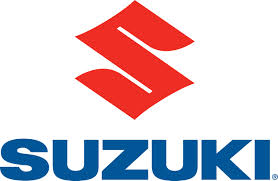Esteem GLX Wagon L4-1.8L (1999)

Alignment: Testing and Inspection
PRELIMINARY CHECKS PRIOR TO ADJUSTING FRONT ALIGNMENT
Steering and vibration complaints are not always the result of improper alignment. An additional item to be checked is the possibility of tire lead due
to worn or improperly manufactured tires. "Lead" is the deviation of the vehicle from a straight path on a level road without hand pressure on the
steering wheel.
Before making any adjustment affecting toe setting, the following checks and inspections should be made to ensure correctness of alignment readings
and alignment adjustments:
1. Check all tires for proper inflation pressures and approximately the same tread wear.
2. Check for loose of ball joints. Check tie rod ends; if excessive looseness is noted, it must be corrected before adjusting.
3. Check for run-out of wheels and tires.
4. Check vehicle trim heights; if out of limits and a correction is to be made, it must be made before adjusting toe.
5. Check for loose of suspension arms.
6. Check for loose or missing stabilizer bar attachments.
7. Consideration must be given to excess loads, such as tool boxes. If this excess load is normally carried in vehicle, it should remain in vehicle
during alignment checks.
8. Consider condition of equipment being used to check alignment and follow manufacturer's instructions.
9. Regardless of equipment used to check alignment, vehicle must be on a level surface both fore and aft and transversely.
PRELIMINARY CHECKS PRIOR TO ADJUSTING REAR ALIGNMENT
Preparation for toe inspection and adjustment.
^
Place vehicle in non-loaded state on level floor.
^
Set steering wheel in straight state.
^
Check that inflation pressure of each tire is adjusted properly and disc wheel is free from deflection.
^
Check that each suspension part is free from bend, dent, wear or damage in any other form.
^
Check that ground clearance at the right and left is just about the same.
